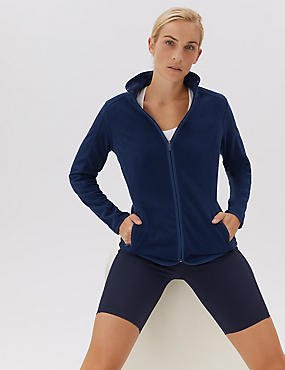Introduce:
In the rapidly developing sports world, the role of fabric technology in sportswear cannot be underestimated. The perfect blend of functionality, comfort and style has become a driving force in the sportswear industry. With each passing day, athletes are pushing the limits of their abilities, and sportswear fabrics are not far behind. This article takes an in-depth look at the latest advances in sportswear fabrics and explores how these innovations are redefining comfort and performance for athletes around the world.
1. The rise of sustainable sportswear fabrics:
As ecological concerns take center stage, the sportswear industry is aligning itself with sustainability. Manufacturers are increasingly turning to eco-friendly and recyclable materials to reduce their impact on the environment. Fabrics made from recycled plastic bottles, fishing nets and other waste materials are growing in popularity because they reduce carbon emissions and divert waste from landfill. Additionally, they offer similar performance characteristics to their traditional counterparts, ensuring athletes feel comfortable and responsible while competing or training.
2. Moisture-wicking fabric enhances performance:
One of the main challenges athletes face during high-intensity training is hydration and perspiration. However, advances in moisture-wicking fabric technology are changing the game. These fabrics have the property of quickly absorbing moisture from the skin and distributing it evenly over the surface of the fabric, allowing it to evaporate quickly. This keeps athletes dry and comfortable even during long periods of exercise. Moisture-wicking fabric also prevents the formation of bacteria and bad odors, providing athletes with a hygienic and fresh experience.
3. Compression fabric: Optimal support and recovery:
Compression sportswear is popular for its ability to provide optimal support and speed recovery. Advanced compression fabric improves blood circulation and muscle oxygenation, reducing muscle fatigue and soreness. By stimulating blood flow, these fabrics can enhance endurance, allowing athletes to push their limits further. Additionally, compression exercise clothing provides stability and support to joints and muscles, helping to reduce the risk of injury. Athletes can now enjoy the benefits of these fabrics in a variety of sports, from running and cycling to weightlifting and basketball.
4. Thermal Regulation: Performance in all environments:
The ability of sportswear fabrics to regulate body temperature is critical for athletes competing in a variety of climates. Innovative fabrics now feature moisture management systems and ventilation channels to ensure athletes stay cool and dry in hot weather. Conversely, in cold climates, insulating fabrics trap body heat, providing warmth without adding bulk or impeding mobility. By maintaining a comfortable body temperature, these fabrics improve performance and prevent discomfort caused by extreme weather conditions.
5. Lightweight and breathable fabric:
Athletes are constantly looking for clothing that reduces weight without compromising comfort or performance. The latest fabric advancements have resulted in lightweight, breathable materials that allow unrestricted movement while providing essential support. These fabrics are designed with microscopic pores to enhance breathability and improve air circulation, reducing the risk of overheating. The combination of lightweight properties and breathability creates the ideal environment for athletes to perform at their peak, enhancing their overall experience.
6. Anti-scratch and seamless technology:
During prolonged physical activity, athletes often experience discomfort and abrasions due to friction between skin and clothing. In response, activewear manufacturers have incorporated anti-chafing technology into their fabric designs. Smooth, seamless garments reduce friction and irritation, easing discomfort so athletes can focus on their performance. Additionally, these advancements provide a stylish aesthetic that makes sportswear not only functional but also fashionable.
In conclusion:
The continued evolution of sportswear fabric technology reflects our commitment to enhancing the athletic experience for professionals and enthusiasts alike. From sustainable materials to moisture-wicking and compression fabrics, every innovation is designed to provide athletes with maximum comfort, functionality and performance benefits. As sportswear fabrics continue to push the boundaries, athletes can focus on the game and reach their full potential while remaining comfortable and stylish. With these advancements, the future of activewear fabrics does look bright and promising.
Post time: Nov-17-2023
